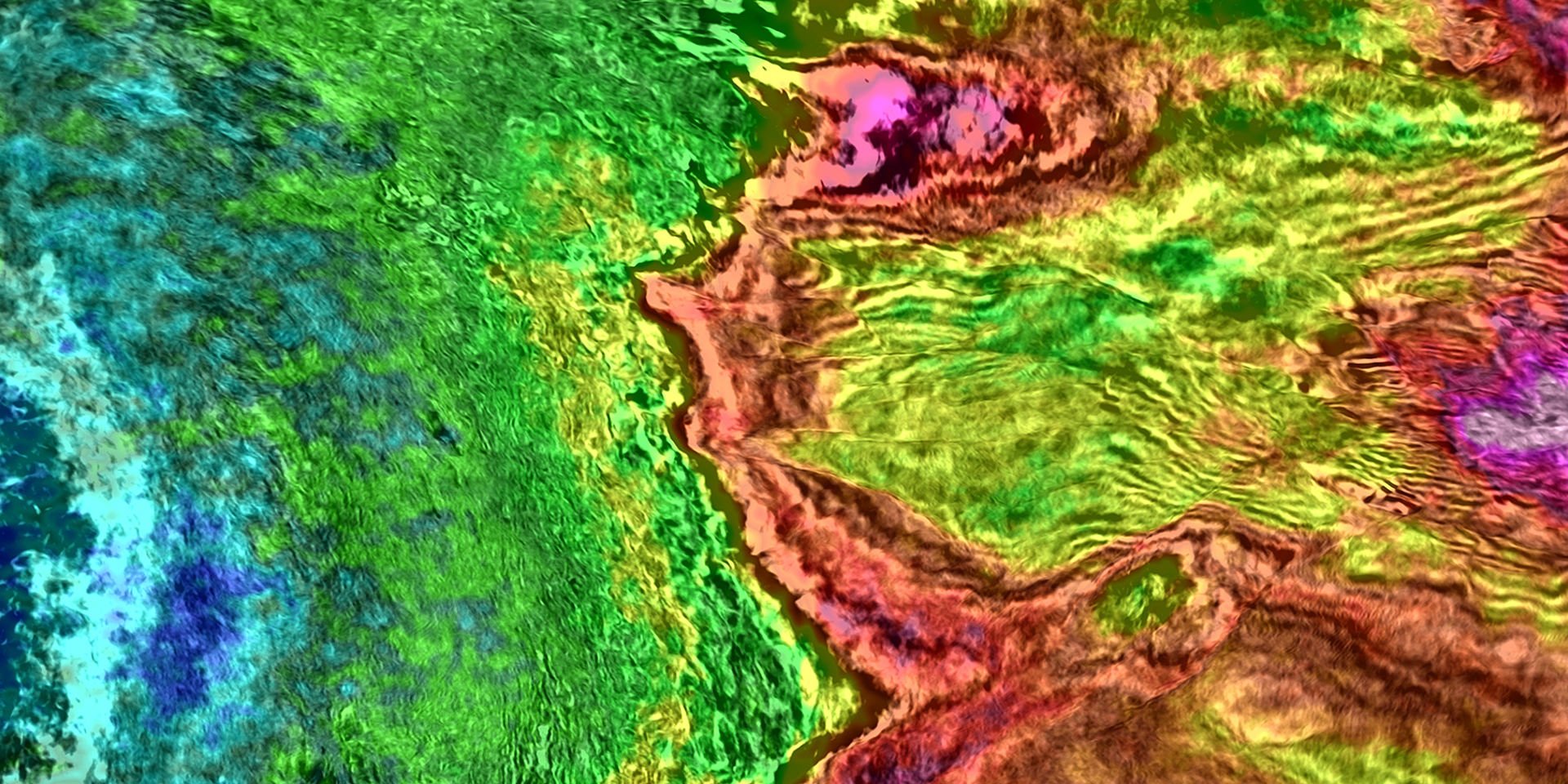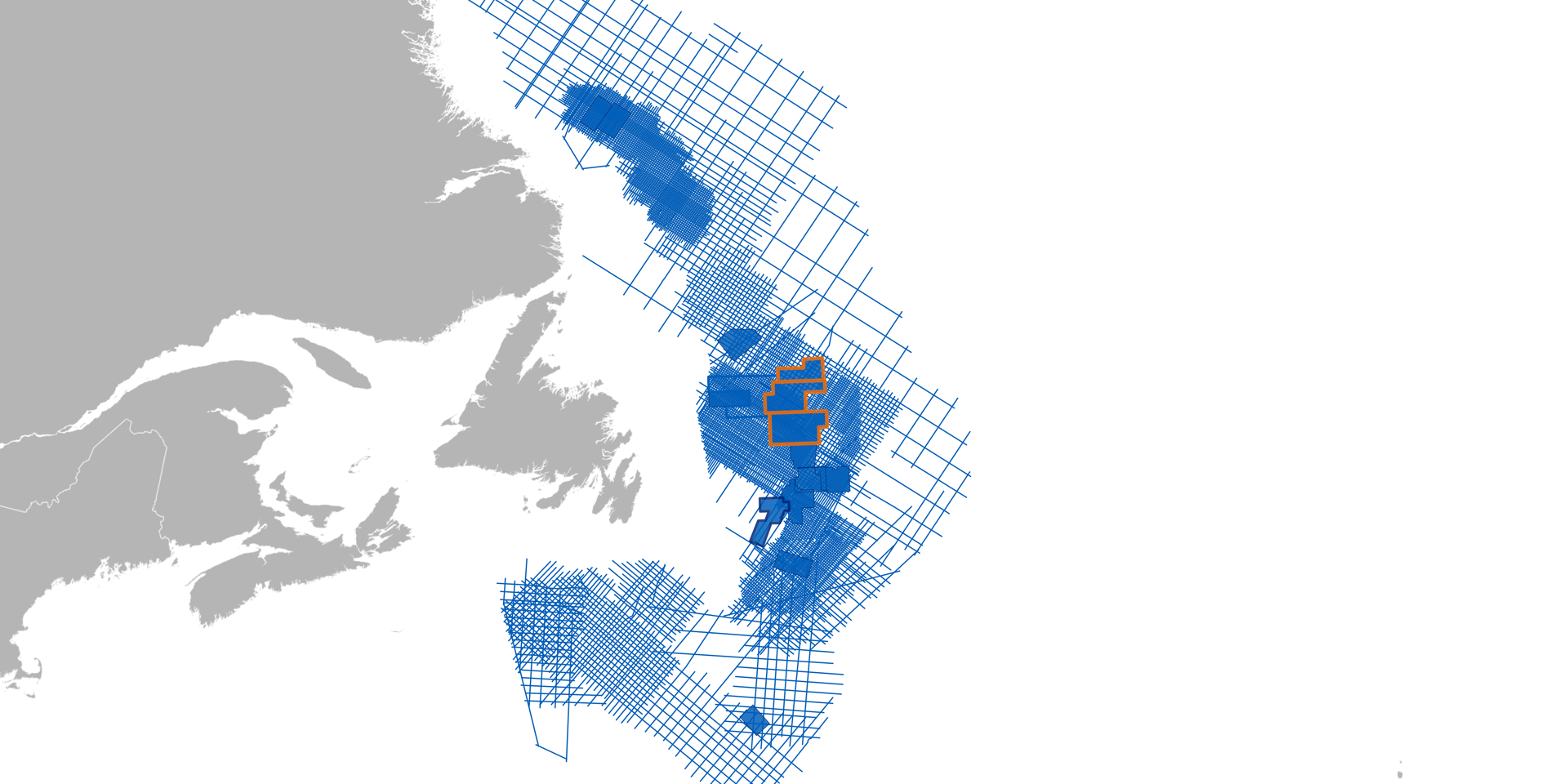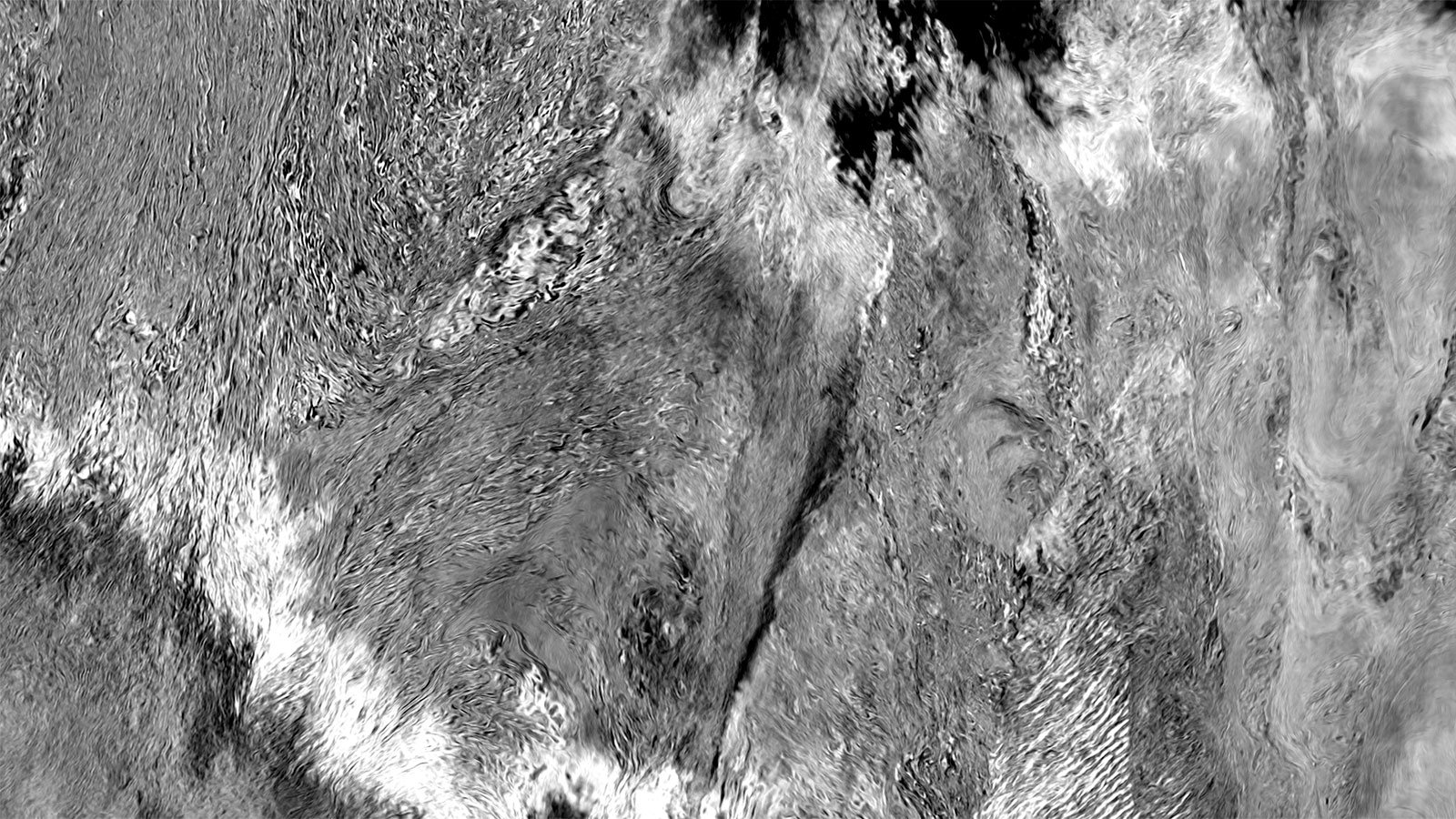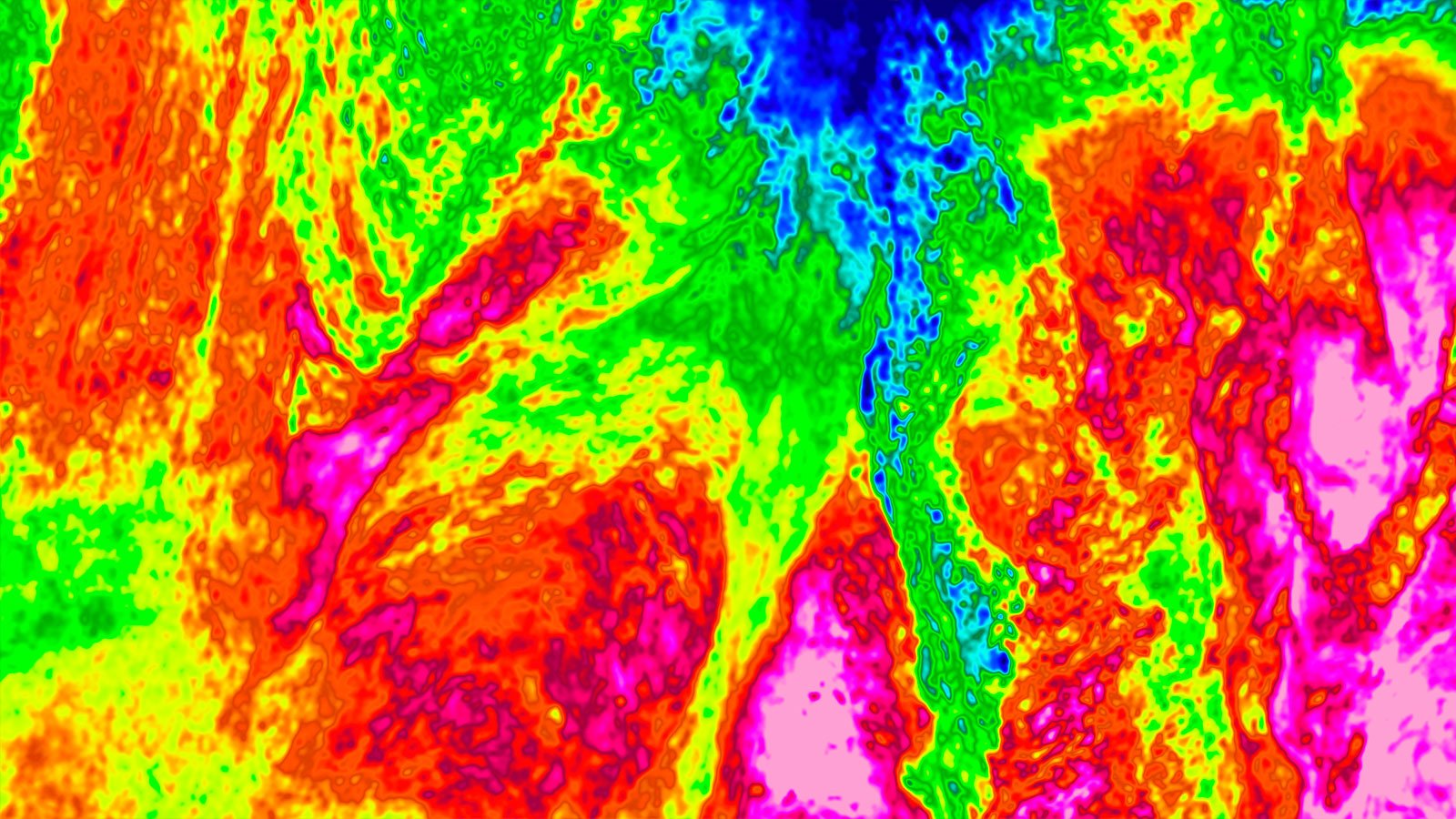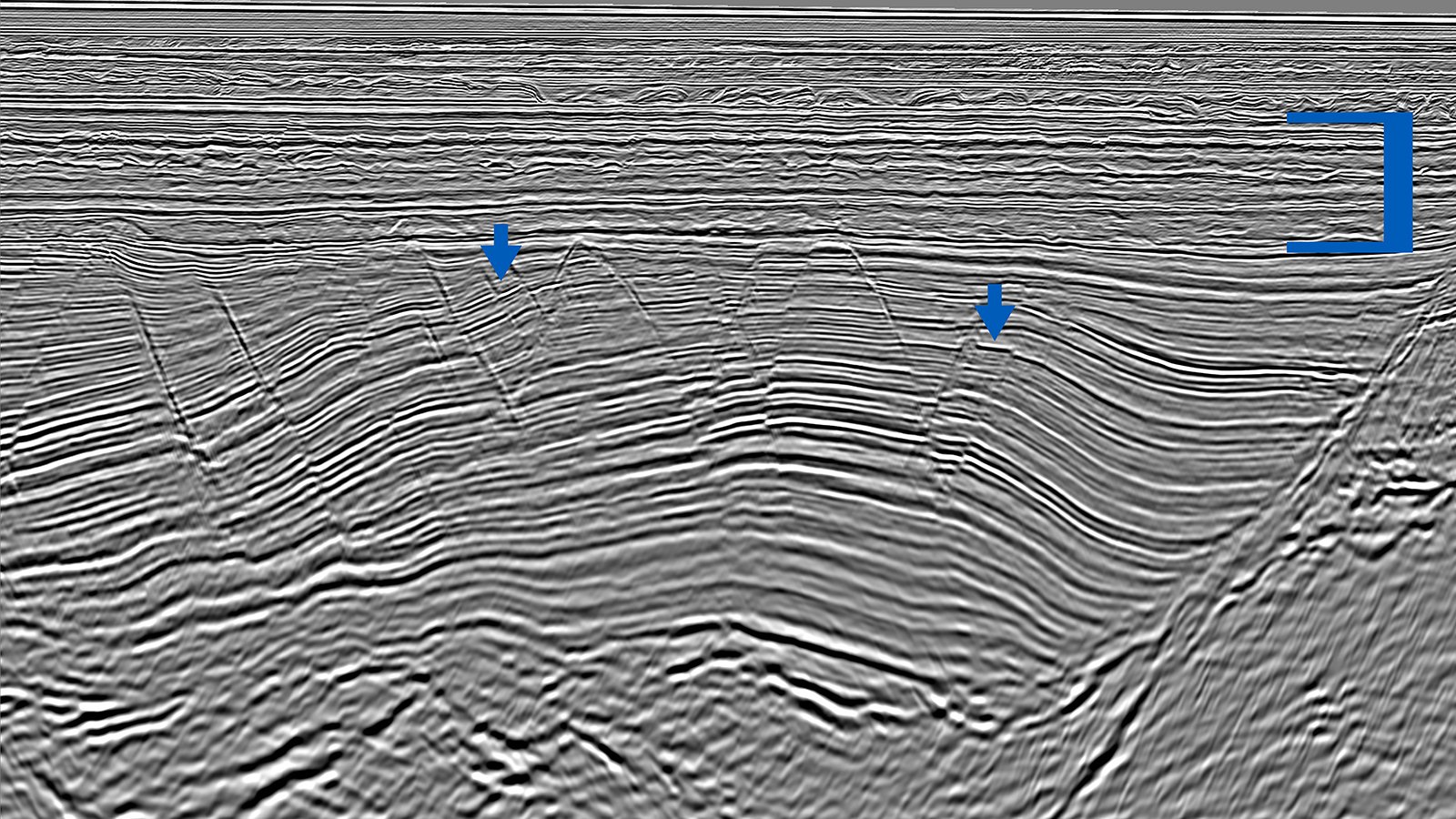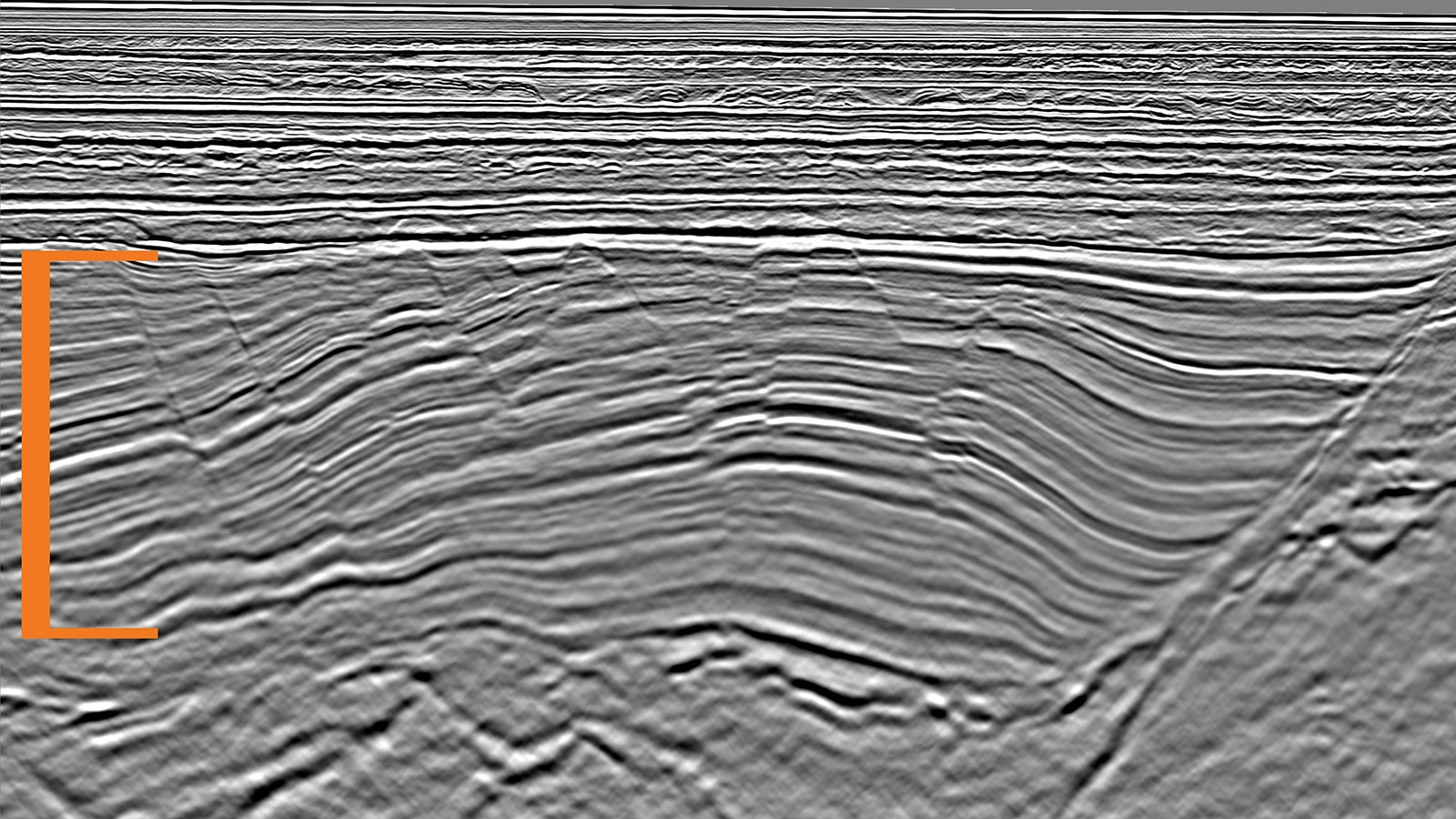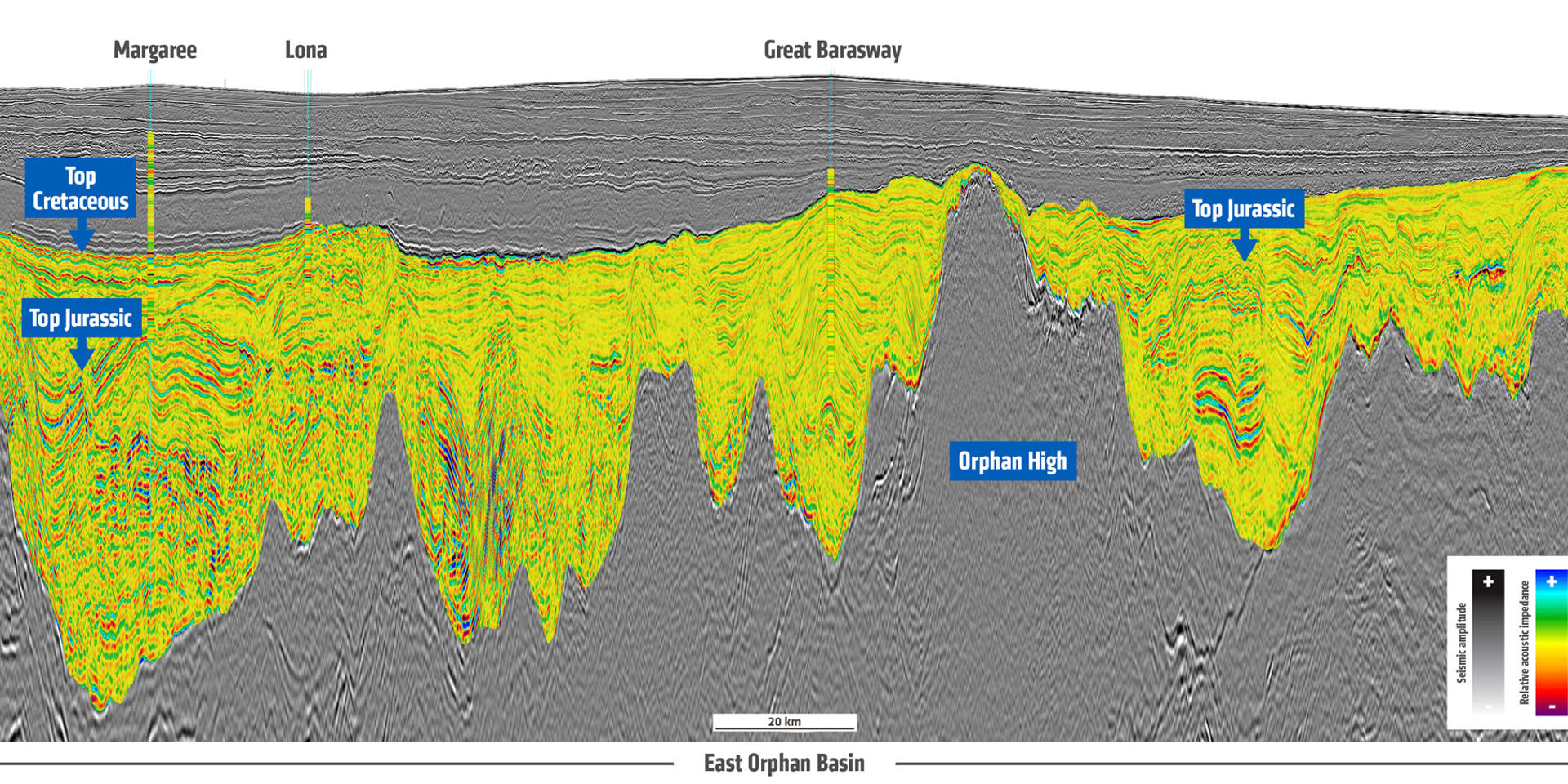Challenge
Stratigraphic complexity in the Tertiary reservoir section has traditionally been difficult to resolve on 2D data. East Canada requires deep structural resolution and high-fidelity data over deep and shallow targets. Strong lateral velocity variations between the Jurassic structural highs and the adjacent section add to the complexity. Wells drilled have been on the highs and not located accurately.
